Creepy, Crawly & Incredible: Photos of Spiders
Eight-Legged Friends

For many of us, spiders inspire terror, or a stomp of a foot. But if they weren’t around, we would miss these eight-legged creatures, which share every continent except Antarctica with us. According to one estimate, spiders on one acre of woodland alone consume more than 80 pounds of insects a year. They are also diverse: Some care for their young; some eat snakes, mice and birds; some are brightly colored. An exhibit at the American Museum of Natural History in New York, July 28 to Dec. 2, 2012, explores the diversity and the science of spiders.
Above, a Mexican red knee spider, a type of tarantula that lives mainly on the Pacific coast of Mexico.
Trapdoor Spider
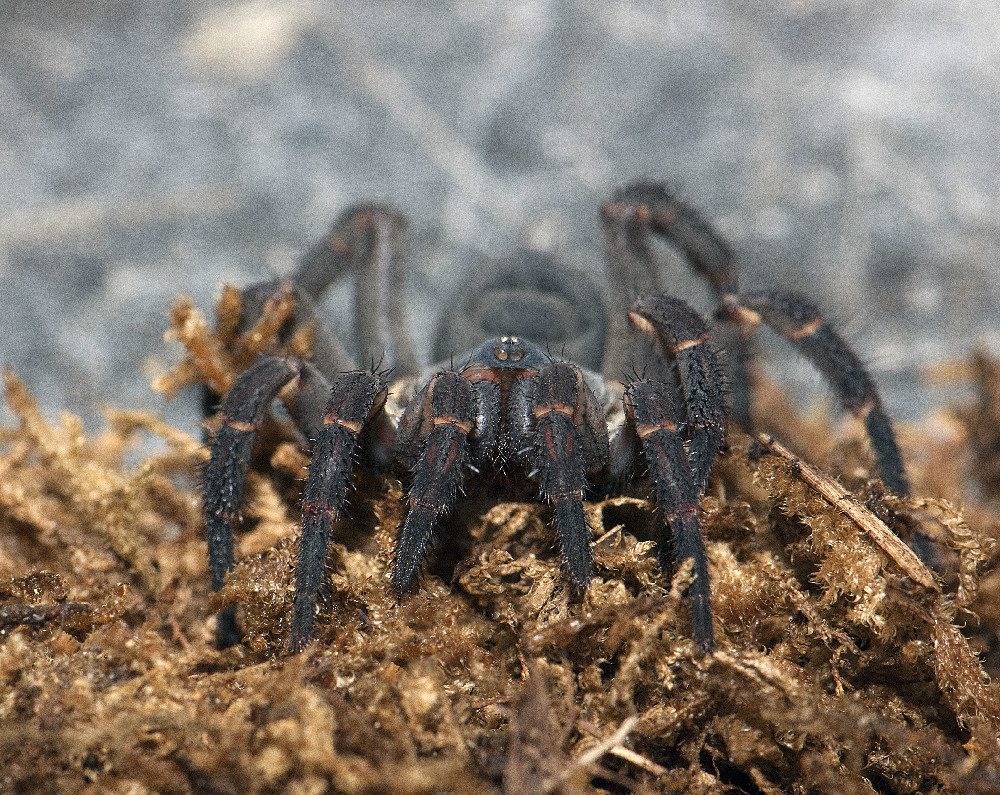
A trapdoor spider, Liphistius dangrek. These spiders spend most of their time in underground burrows, emerging mainly to grab prey. Their rear half is segmented, a trait visible in some of the earliest spider fossils.
Spider in Limestone
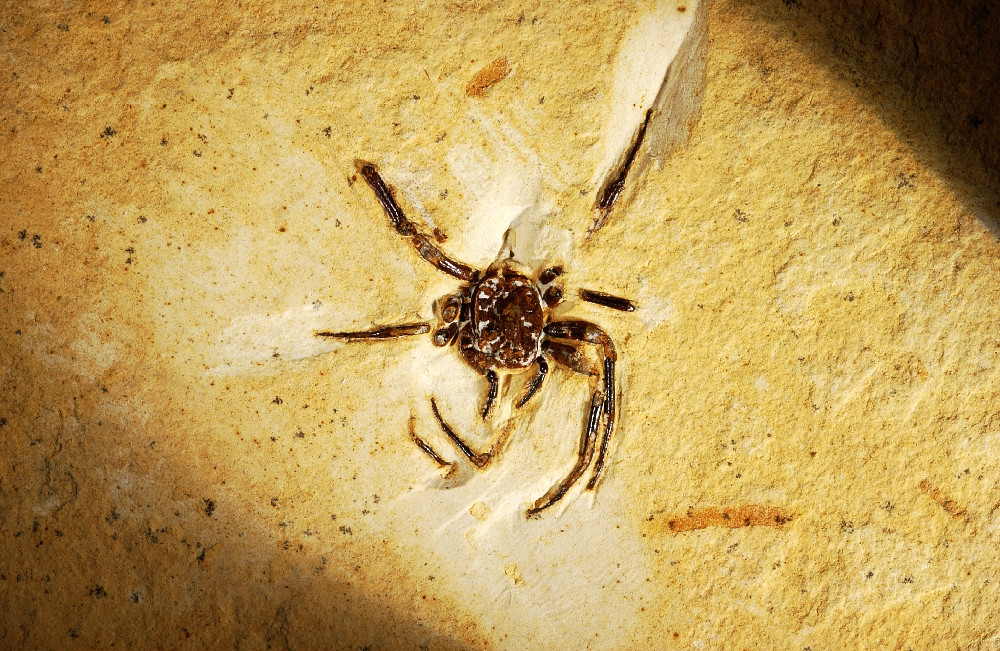
This is a rare 100-million-year-old fossil of a spider in limestone. Spiders do not preserve well in sediment because they have a relatively soft “shell” or exoskeleton. For every 1,000 or so insect fossils found, there’s only one spider.
Spider Preserved in Amber
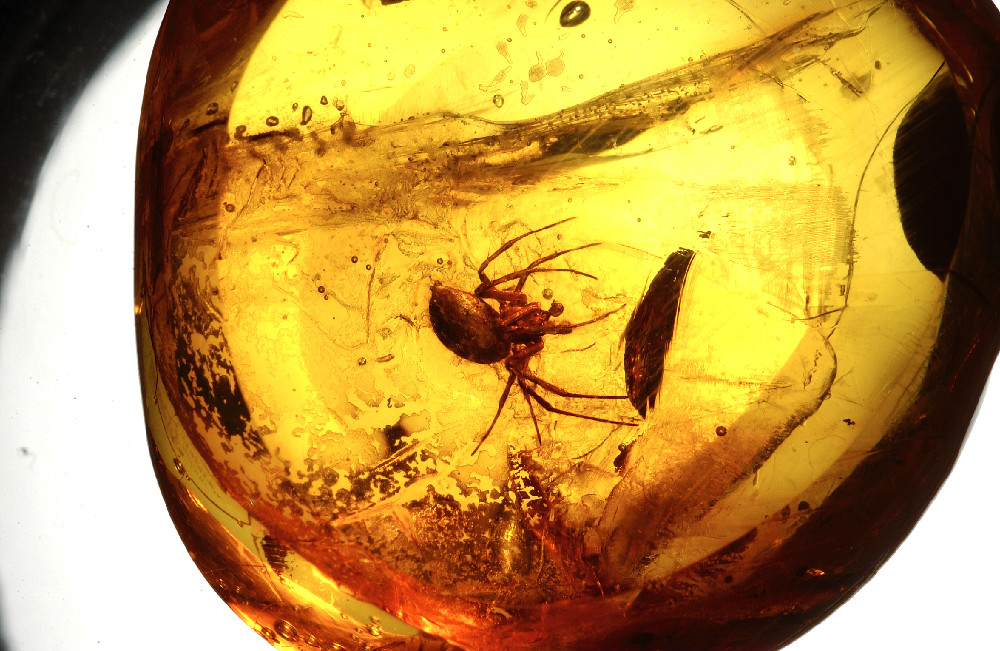
This spider was trapped in tree resin about 20 million years ago. Over, time the resin fossilized into amber, preserving the animal inside.
Western Black Widow
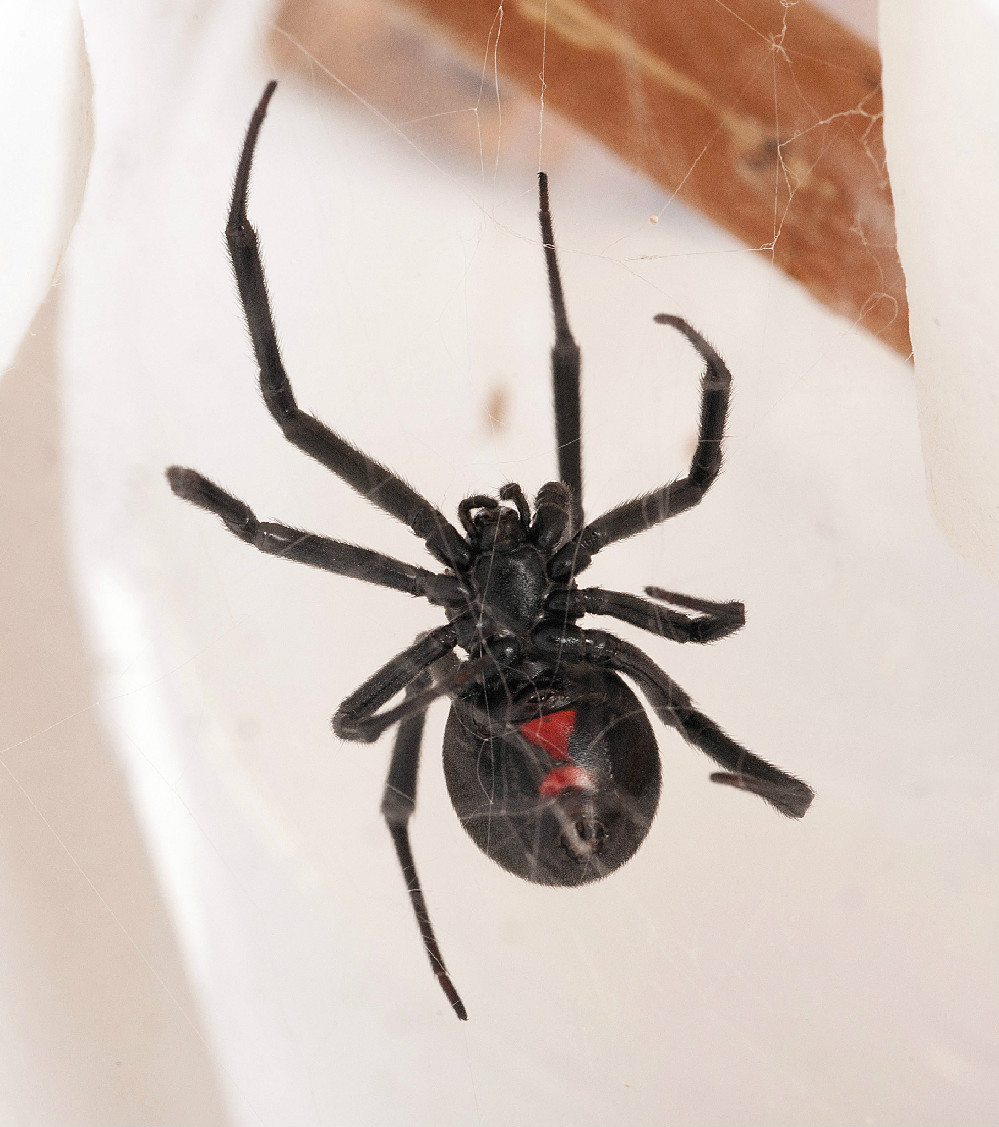
A western black widow, Latrodectus Hesperus. One of the few species harmful to people in North America, a black widow often features a red hourglass shape on its underside.
Brown Recluse
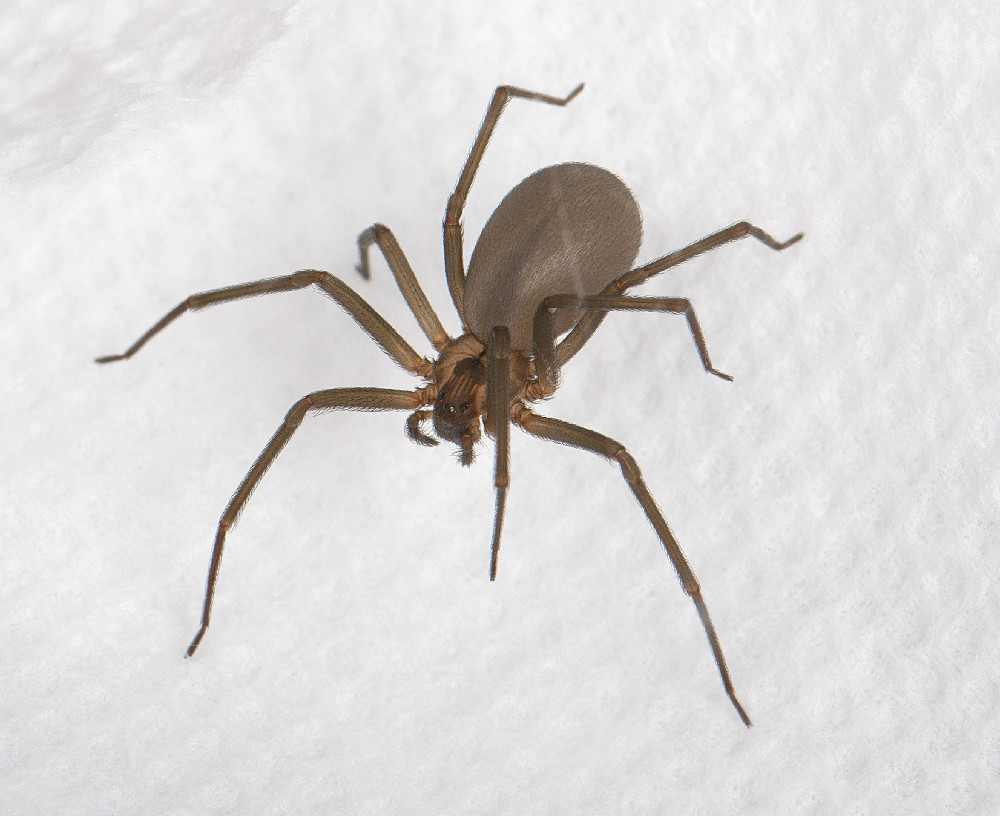
A brown recluse, Loxosceles reclusa. This spider is identified by a dark, violin-shaped mark on its head. Its venom can cause a deep wound in humans that takes weeks or even months to heal and can produce symptoms such as nausea and a fever.
Sign up for the Live Science daily newsletter now
Get the world’s most fascinating discoveries delivered straight to your inbox.
Desert Hairy Scorpion
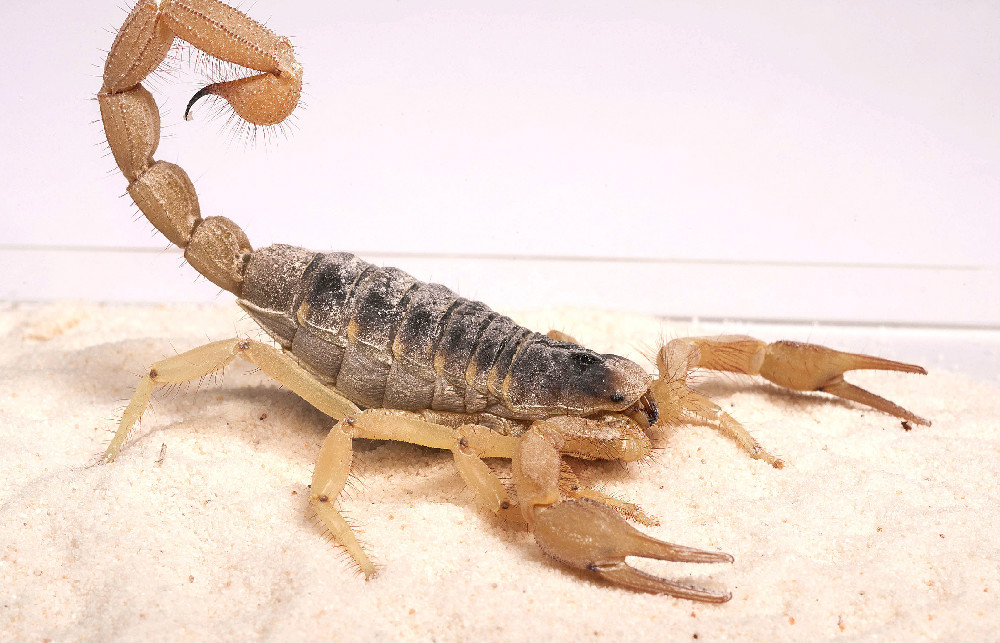
A desert hairy scorpion, Hadrurus arizonensis. Scorpions are not spiders, but they are members of the Aracnida class. This is largest scorpion in North America, reaching up to 7 inches (18 centimeters), this animal beats the daytime heat of its desert home in burrows and hunts in the evening, feeding on insects, spiders, lizards, and even an occasional small mammal.
Tailless Whip Scorpion
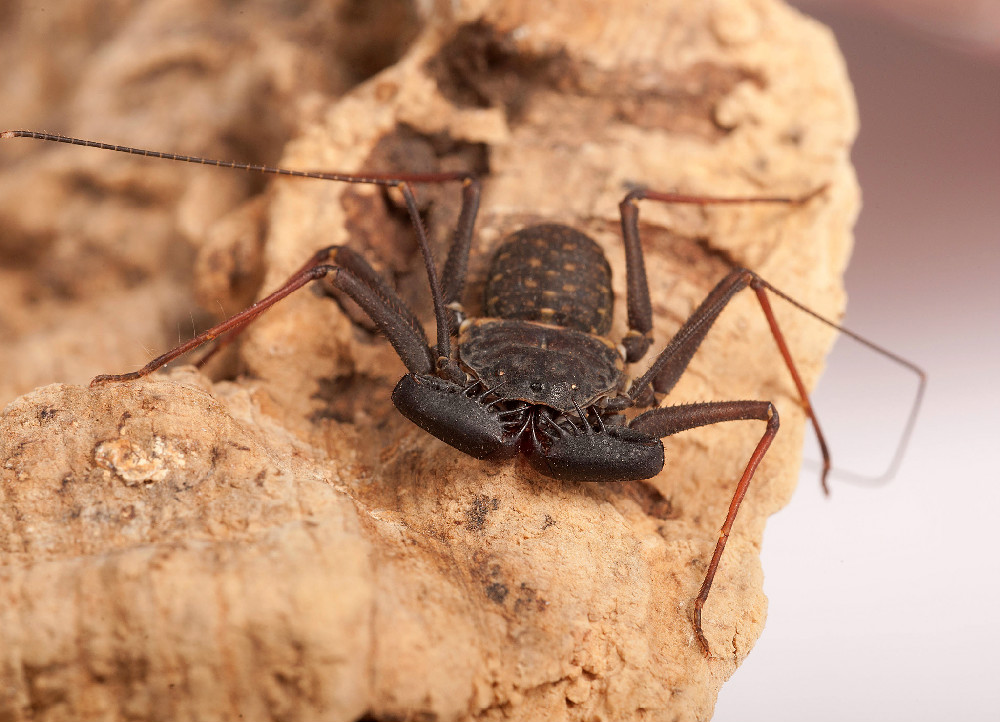
A tailless whip scorpion, Phrynus marginemaculatus. Not actually a scorpion, this arachnid waves its first pair of legs around to feel its way. A tailless whip scorpion makes a cameo appearance in the movie Harry Potter and the Goblet of Fire, in which one character wrongly suggests that its bite is lethal.
Gooty Sapphire Ornamental Spider
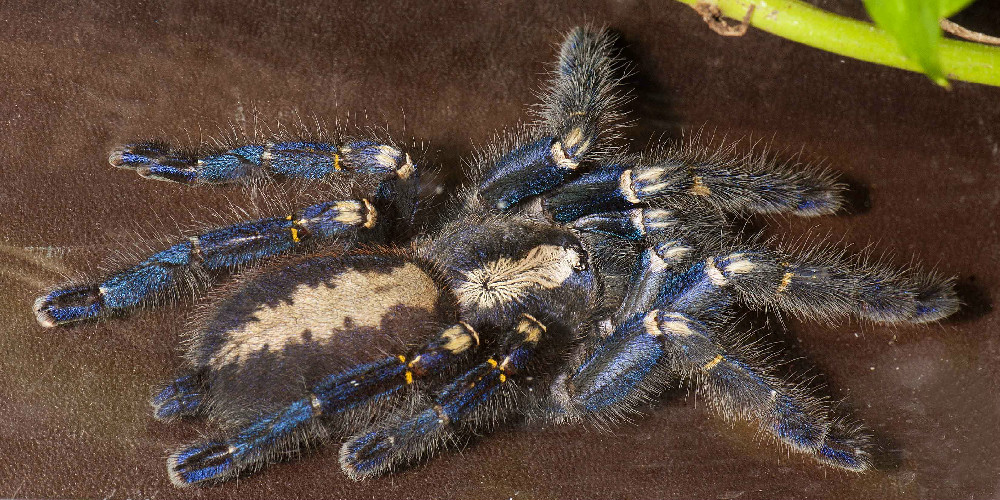
A gooty sapphire ornamental spider, Poecilotheria metallica, shown from above.
Gooty Sapphire Ornamental Spider
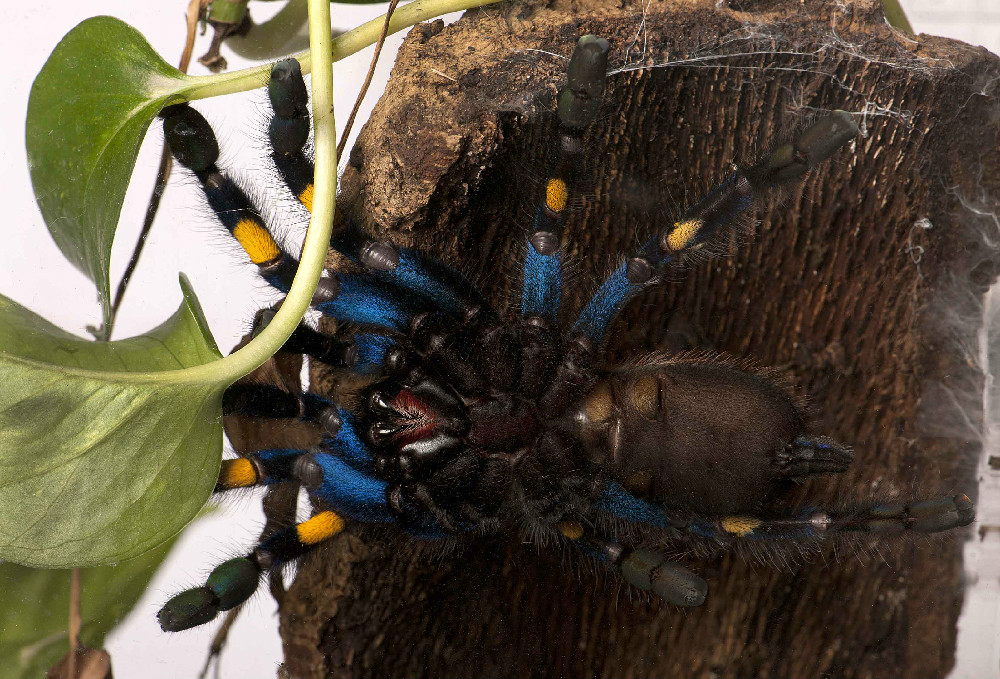
A gooty sapphire ornamental spider seen from below.
Golden Orb-Web Spider
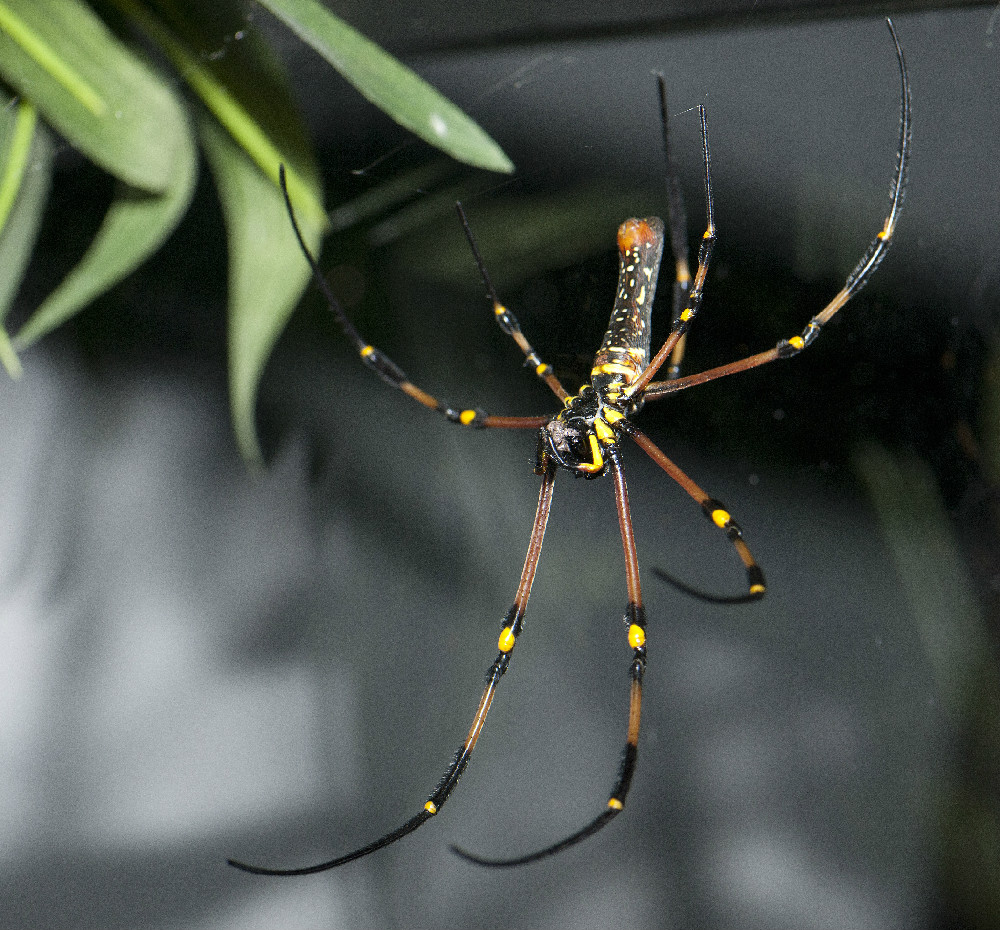
A golden orb-web spider, Nephila pilipes. Found throughout parts of Asia, this large spider has yellow on its abdomen and spins a golden web.










